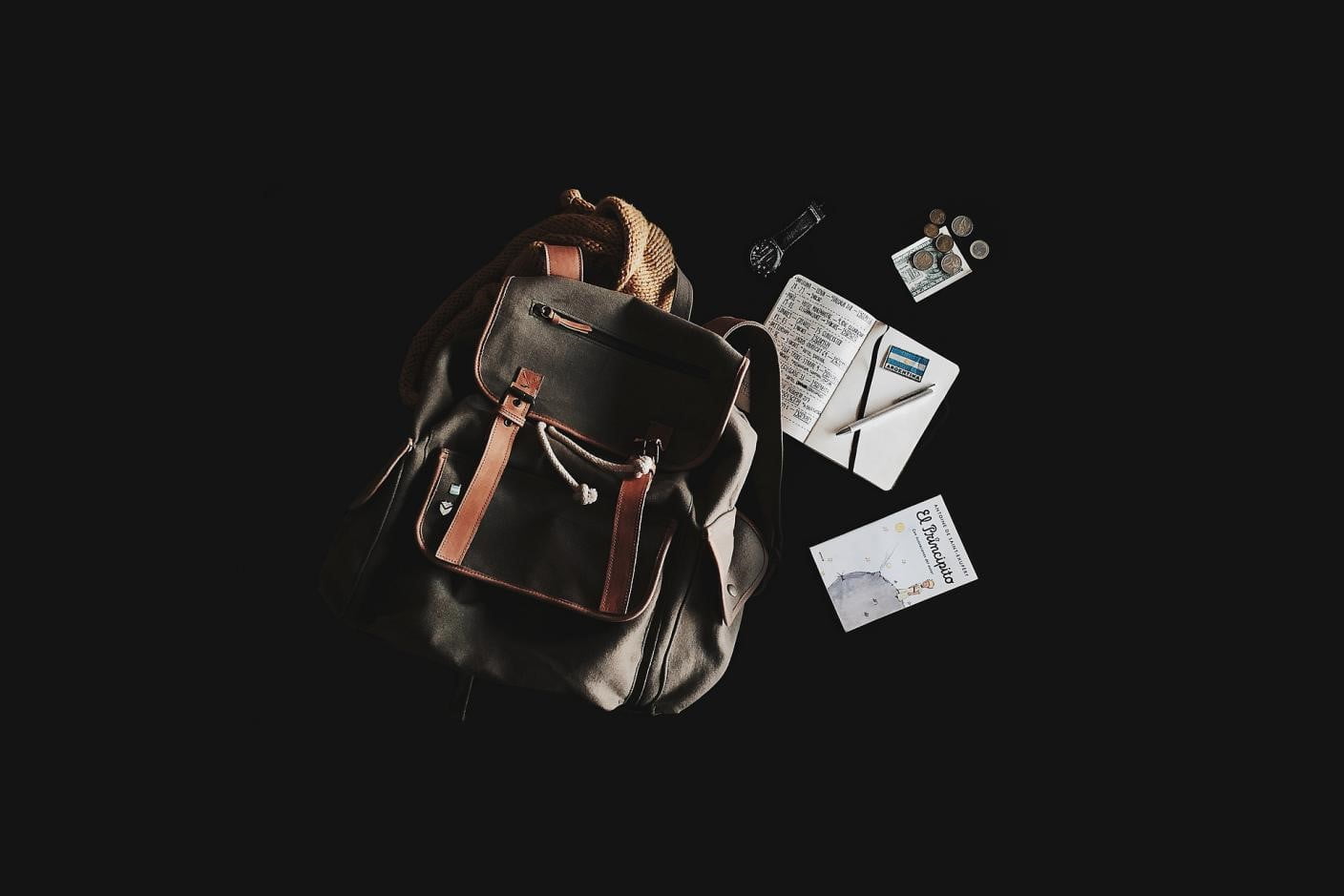Carol James is a writer and senior editor at term paper help service EssayLab. She has MA degree in social sciences and writes articles on the subject. So, if you have any questions regarding the writing, feel free to ask her in comments below.
Packing the suitcase is an important part of the preparation for a trip. As every luggage bag or suitcase is built differently, and the amount of space at your disposal is different. The usual problem is either wanting to bring more things that you have space for, or having a bag that is too big and empty for your items. Read on to learn how to pack your suitcase for travelling.
It is neither a good idea to over pack your bag – as it may burst open in transit, or have it too empty – as it needs some volume to withstand the impact of other bags stacked over it. If you anticipate space to hold purchases bought on your trip, allocate at most 25% of the space for it.
Preparing to Pack
Before you start packing, write a list of the things you’re going to take with you on your trip, dividing them into groups such as first needed, second needed, etc. Then get out your packing and pay special attention to the following items:
Things that may spill, leak or smear
Example lotions, moisturisers, shampoo, body wash, lipstick, etc.
Seal any openings on the bottle with tape. (Take additional tape with you for using on your trip.) Put these in a zip-lock plastic bag, and put that plastic bag into a regular plastic bag. This will prevent spillage and leakage often caused by the change in air pressure during flight.
Footwear
All footwear should be placed inside plastic bags, to prevent them from soiling your clothes.
Things to wear upon arrival
Your next change of clothes should be packed last. Keep them at the top of your luggage pile, so that you don’t have to rummage deeply into the packed luggage when you arrive.
Fragile items
This includes items that you bring on your trip as well as purchases you make during the trip. These should be bundled up with clothes to cushion them against hard knocks en route.
Things not to be packed
Do not put your passport or cash in your suitcase. These should be kept with you at all times. You could hide them in a pouch under the shirt you are wearing. Items not to be checked in include your camera and laptop, both of which have to be in their proper bags should they be carried on board the aircraft.
Examine your Luggage Bag
Make sure your luggage can withstand the stress of the trip. You do not want it to break apart in transit. Make sure the lock works. Remember the combination. There’s nothing more stressful than arriving with bags that refuse to open!
Steps to Packing Efficiency
- Start by lining the base and sides of your suitcase with soft items such as your towel and clothes. Roll some of your clothes into bundles and line the sides with these.
- Undergarments and handkerchiefs can be placed in plastic bags and bundled to the corners.
- Lay your clothes neatly into the bag. Leave space for bulky items such as tripod or books.
- Things that may spill/leak, already inside their plastic bags, should be placed between your clothes for maximum cushioning. Same goes for fragile items.
- Useful documents (itinerary, map, phrasebook, should be placed in the outside pocket).
After you are done the packing, weigh your suitcase to make you stay within the weight limit. If it exceeds the limit, determine whether you are prepared to pay for the excess weight, or should you off-load some of the packed items.
During the Trip
The items within your luggage will be shifted about as you dig for things that you need. To avoid unnecessary rummaging, always pack the same item in the same location. For example, if you remember that toiletries are always on the right side, belts on the top right, shoes on the bottom left, there will be less rummaging.
Packing your suitcases may seem like a cumbersome affair, but if you make it a habit, you will get used to doing it and will be less likely to overlook items.





